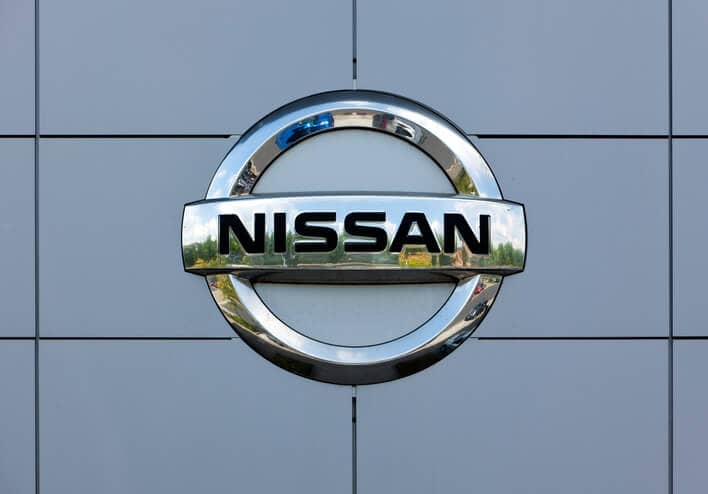Shell says that it plans to build two small-scale liquefaction units in Ontario and Louisiana in an effort to bring liquefied natural gas (LNG) fuel one step closer for its marine and heavy-duty on-road customers in North America.
These two units will form the basis of two new LNG transport corridors in the Great Lakes and Gulf Coast regions. This decision follows an investment decision in 2011 on a similar corridor in Alberta, Canada. Shell notes that it is also working to use natural gas as a fuel in its own operations.
“Natural gas is an abundant and cleaner-burning energy source in North America, and Shell is leveraging its LNG expertise and integrated strength to make LNG a viable fuel option for the commercial market,” says Marvin Odum, president of Shell Oil Co. “We are investing now in the infrastructure that will allow us to bring this innovative and cost-competitive fuel to our customers.”
Shell plans to install a small-scale liquefaction unit (0.25 million tons per annum) at its Shell Geismar Chemicals facility in Geismar, La. Once operational, this unit will supply LNG along the Mississippi River, the Intra-Coastal Waterway and to the offshore Gulf of Mexico and the onshore oil and gas exploration areas of Texas and Louisiana.
To service oil and gas and other industrial customers in Texas and Louisiana, Shell says it is expanding its existing relationship with fuels and lubricants re-seller Martin Energy Services, a wholly-owned subsidiary of Martin Resource Management Corp. that will provide terminalling, storage, transportation and distribution of LNG.
In addition, Shell plans to install a small-scale liquefaction unit at its Shell Sarnia Manufacturing Centre in Sarnia, Ontario. Once operational, this project will supply LNG fuel to all five Great Lakes, their bordering U.S. states and Canadian provinces and the St. Lawrence Seaway, according to Shell.
Pending final regulatory permitting, these two new liquefaction units are expected to begin operations and production in about three years.






